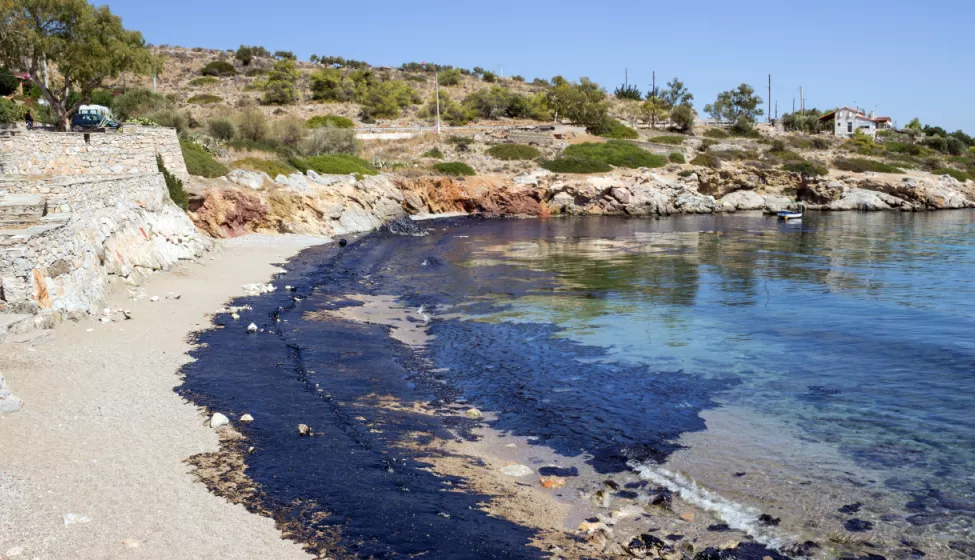July 2, 2020
Leaders in the oil and gas industry rely on oil spill modeling to prioritize mitigation measures and effectively allocate resources for oil spill response. When selecting an appropriate oil spill model, it is important for users to balance a model's capabilities and limitations against the desired use of the model's output.
One currently contested question is how well the current models used to account for the emulsification weathering process of oil over time reflect reality. Emulsification plays a significant role in predicting oil thickness, viscosity, and other modulators of oil toxicity, and variations in its treatment can impact a model's final output and a user's subsequent oil spill response strategy. Presently, both the algorithms for modeling emulsification and the data used to develop them differ widely between available oil spill models. By coming together to understand the science behind existing emulsification models, industry and modeling experts can help improve emulsification algorithms and inform more effective oil spill response strategies for real-world scenarios.
Why Emulsification Modeling Is Important
Emulsification plays a significant role in modeling oil thickness, oil viscosity, photo-modification, evaporation, and dissolution — all of which affect oil toxicity. The emulsification modeling process can have a substantial impact on oil spill response, including the specific clean-up strategy deployed. For example, if a spilled oil emulsifies and becomes significantly viscous, in situ burning may no longer be a viable response strategy. As oil spill response methodologies are only effective in certain ranges of oil properties, it is critical for a model to accurately predict emulsification. Failure to do so can lead to a misrepresentation in oil viscosity and the incorrect deployment of response resources.
Variances in Current Emulsification Algorithms
Exponent recently partnered with scientists at a leading oil and gas company to evaluate the emulsification algorithms of three fate and trajectory oil spill models. We found that each model used a different empirical model of water uptake and maximum water content to develop the algorithms for predicting emulsification and the resulting physical and chemical properties of viscosity, water uptake, and evaporation. Further investigation provided insight into the degree of uncertainty within each model and the oil types that can and cannot be appropriately characterized by each.
It is important for model users to understand these nuances to determine whether or not a particular model can accurately assess the oil in question and provide meaningful and actionable results. A detailed poster on our findings titled "Evaluation and Comparison of Current Emulsification Algorithms and Their Uncertainty in Oil Spill Modeling Software" will be presented at the International Oil Spill Conference (IOSC) in May 2021.
Improving Future Emulsification Algorithms
Industry and modeling experts should, and are, continuing to work together to develop emulsification algorithms that provide more confidence in the answers models provide. This work begins by defining the questions users want answered by a model and designing and implementing experiments to collect the data required to answer those questions. From there, we can develop new emulsification algorithms for integration into existing oil spill modeling software.
How Exponent Can Help
Exponent's multidisciplinary team of oil spill scientists, engineers, coders, and chemists are experts in the chemical composition of oil and the methods needed to accurately model an oil's physical properties. We can develop experimental protocols, collect data, and partner with oil and gas leaders and oil spill model developers to advance new or revised emulsification algorithms for integration into oil spill modeling software.
